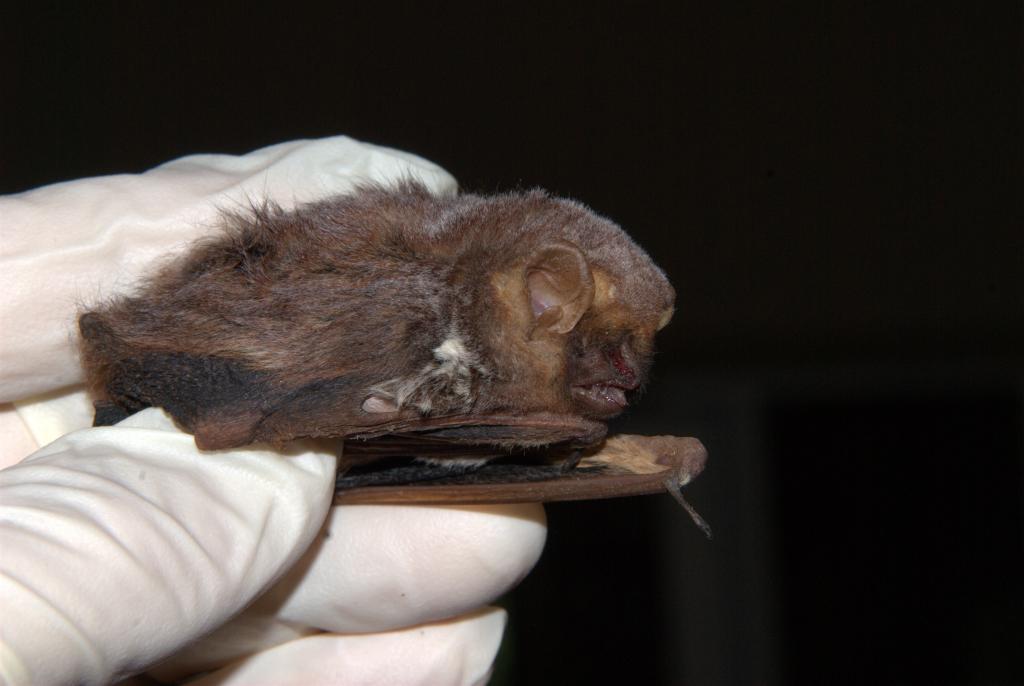|
| Distribution |
In NC, it occurs over essentially all of the Coastal Plain and the extreme southeastern portion of the Piedmont, and sparingly in the southern mountains. Likely absent over most of the mountains and in most of the Piedmont.
Essentially restricted to the southeastern quadrant of the United States, from southeastern VA to eastern TX, with strays farther northward. |
| Abundance |
Though poorly known in NC as late as 1985, records have greatly increased in recent years, as more mist-netting has clarified its status. Considered to be uncommon to locally common in the southern Coastal Plain, but probably rare to uncommon in the northern portions of that province. Though apparently absent over 80% of the Piedmont, it seems to be uncommon in the small Piedmont portion of the range. Very rare in the southern mountains. The N.C. Natural Heritage Program still has the species on its Watch List, but there seem to be enough records now (35 counties as of 2022) to remove it from that designation. Interestingly, despite a rather small range, NatureServe lists this with a G5 Global Rank, yet the reasonably abundant and very widespread Eastern Red Bat is given a much rarer G3G4 rank! |
| Seasonal Occurrence |
Possibly migratory to an extent, as it is known in the summer only over much of the state, but it has been found in the cooler months in the southeastern part of the state. It is mostly in torpor in winter, but it may fly briefly during mild weather in winter. |
| Habitat |
Wooded areas close to forest edges, as opposed to deep forests. Areas with Spanish Moss are favored, but the literature does not indicate a preference for swamps or bottomlands versus drier pineland habitats. Areas with water are not essential in the habitat. |
| Behavior |
They forage at night mostly over open areas, which can be fields as well as water. Some foraging is presumed to occur over forests. |
| Comments |
Though the species is not rare in the state, much is still to be learned about its range, abundance, and habitats, especially in the Piedmont and the northwestern Coastal Plain. Mist-netting efforts are greatly needed to help fill in these data gaps. In fact, extensive mist-netting efforts in the northern half of the Coastal Plain in 2015-2016 have greatly expanded the previously known range; prior to 2015, the only record for this part of the Coastal Plain was from Gates County. Now (2022) there are records for Pasquotank, Chowan, Hertford, Halifax (technically in the Piedmont part of the county), Martin, Tyrrell, and Dare counties, in addition to Gates County. |
| Origin |
Native |
| NC List |
Official |
 State Rank State Rank |
S3 |
 State Status State Status |
W |
 Global Rank Global Rank |
G5 |
| Federal Status |
|
| subspecies |
|
| other_comName |
|
| synonym |
|



